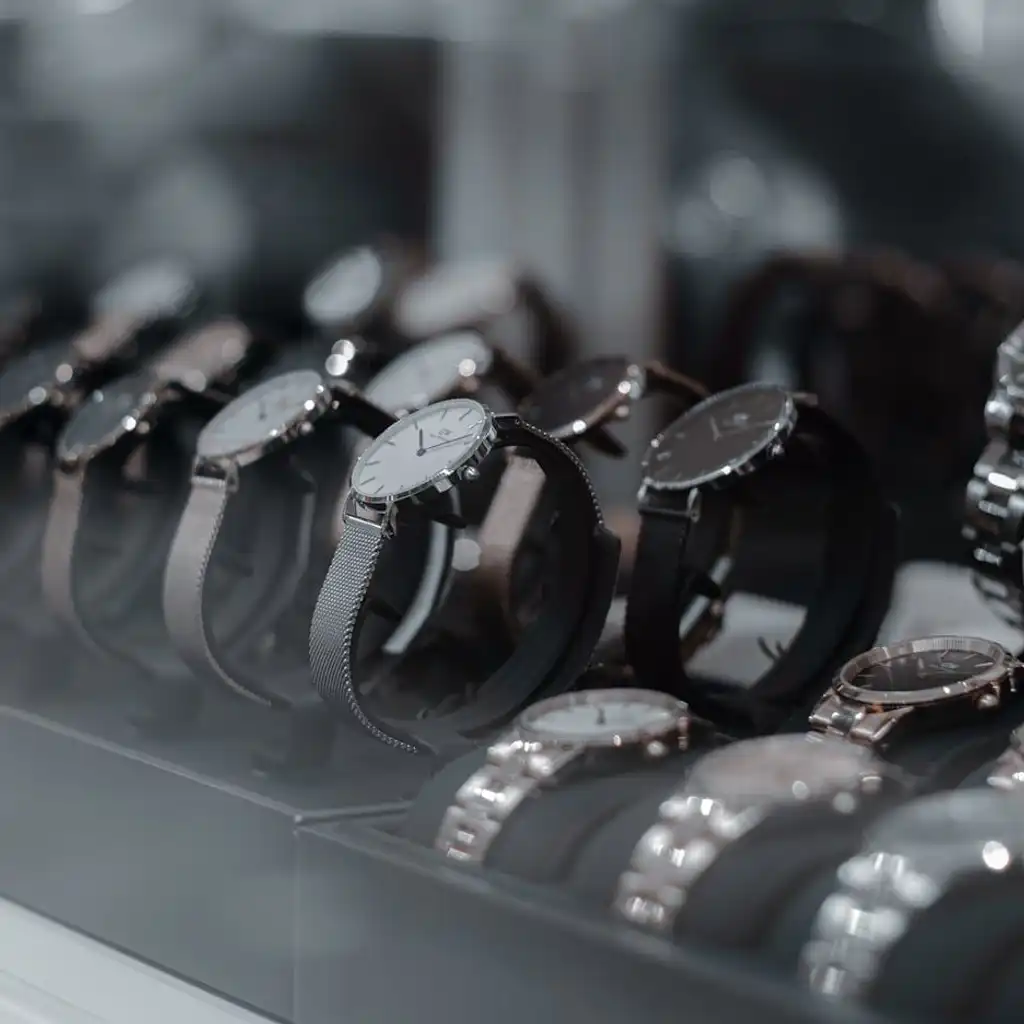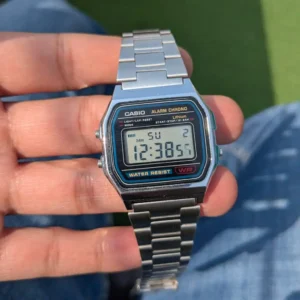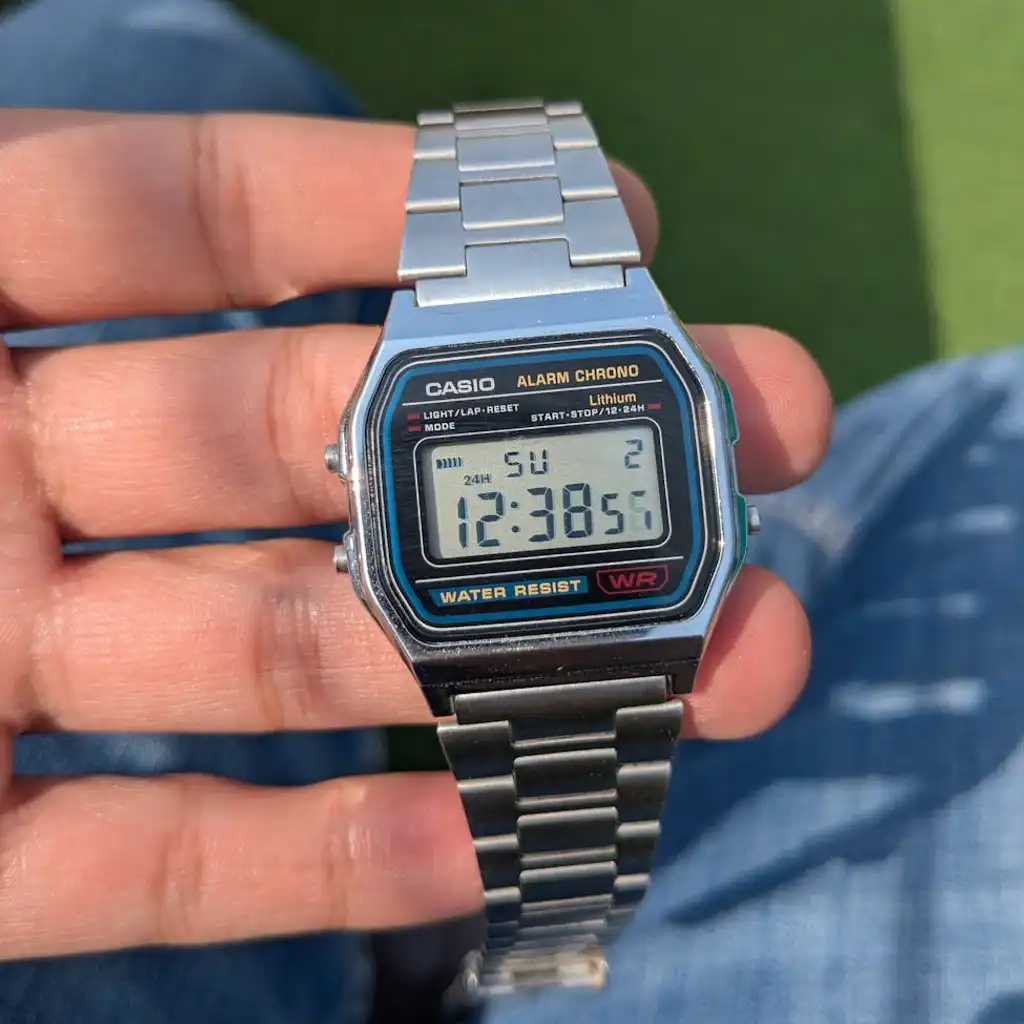In 2024, the Australian watch market was valued at USD 1.58 billion and is projected to grow at a compound annual growth rate (CAGR) of 5.3%, potentially reaching USD 2.51 billion by 2033. This anticipated growth is largely driven by increased consumer spending on luxury and smartwatches, rising disposable incomes, and the growing trend of watches as fashion accessories. The market includes a variety of segments such as quartz, electronic, and mechanical watches, catering to men, women, and unisex categories across both luxury and non-luxury price ranges. These products are distributed through hypermarkets, convenience stores, and online platforms.
In Australia, watches serve as both functional tools and fashion statements. Luxury watches are often seen as status symbols, attracting collectors and enthusiasts with prestigious brands like Rolex and Tag Heuer. Meanwhile, smartwatches are becoming increasingly popular due to their fitness and connectivity features, which align well with the active Australian lifestyle. The demand for premium, eco-friendly, and technologically advanced watches is on the rise, supported by the growth of online sales and strategic co-branding initiatives.
Smartwatch Sector Expansion
The smartwatch sector in Australia is experiencing significant expansion, driven by a growing emphasis on health and seamless technology integration. Leading brands such as Apple, Samsung, and Garmin dominate this market, offering models equipped with health-tracking capabilities. Google’s collaboration with Fitbit further enhances this growth, aiming to provide optimized healthcare insights through wearable technology. This trend towards health and wellness is a major factor propelling the adoption of smartwatches.
Despite the rise of smartwatches, the demand for luxury watches remains strong, with brands like Rolex and Omega appealing to Australians who value status and craftsmanship. The digital retail boom, facilitated by platforms like Amazon and eBay, increases accessibility and drives market penetration. Australia’s e-commerce growth enhances customer experiences through innovations like virtual try-ons and influencer marketing, supporting sales of both affordable and luxury watches.
Market Challenges and Opportunities
The market faces challenges such as competition from smartphones and wearable tech like fitness bands, which offer multifunctional capabilities and reduce reliance on traditional wristwatches. Additionally, counterfeit and grey market sales pose significant risks, undermining brand trust and revenue. Addressing these issues requires robust brand protection measures and consumer education initiatives.
Electronic watches, including smart, digital, and hybrid types, are thriving due to features like fitness tracking and contactless payment options. The mechanical watch market remains strong, with brands like Patek Philippe and Audemars Piguet appealing to collectors. Quartz watches continue to dominate the mid-range segment, offering reliability and affordability from well-known brands like Seiko and Casio.
Diverse Market Preferences
Regional market segments in Australia reveal diverse consumer preferences: men’s watches range from high-end luxury to casual sports designs, while luxury watches maintain strong demand across the board. Convenience stores cater to impulse buyers seeking budget-friendly options. Online platforms expand market reach by offering a wide array of watches that meet various consumer needs.
Key players shaping this dynamic market include Seiko Holdings Corporation, Casio Computer Co. Ltd, Timex Group, Rolex SA, Compagnie Financiere Richemont S.A, The Swatch Group Ltd, and Citizen Watch Co. Ltd., among others. These industry leaders continue to innovate, ensuring sustained growth in Australia’s vibrant watch market.








